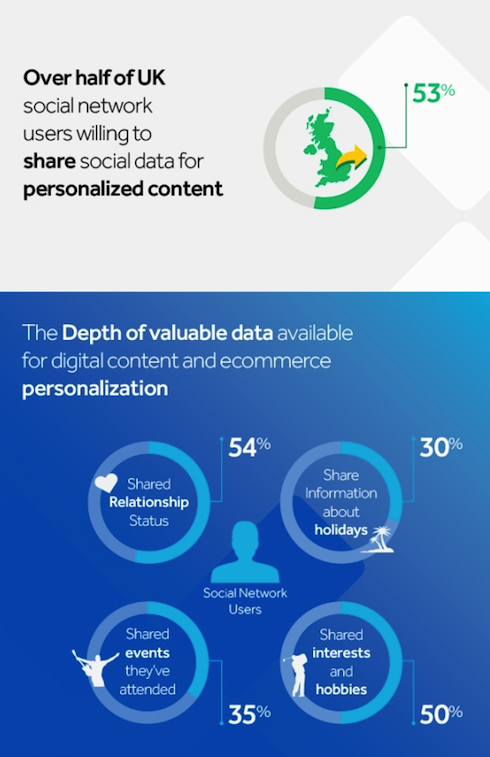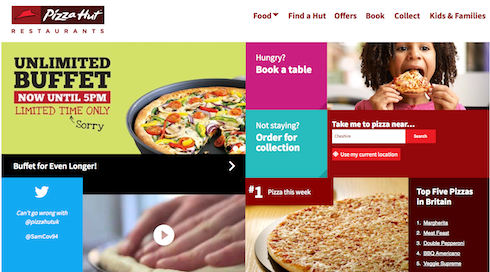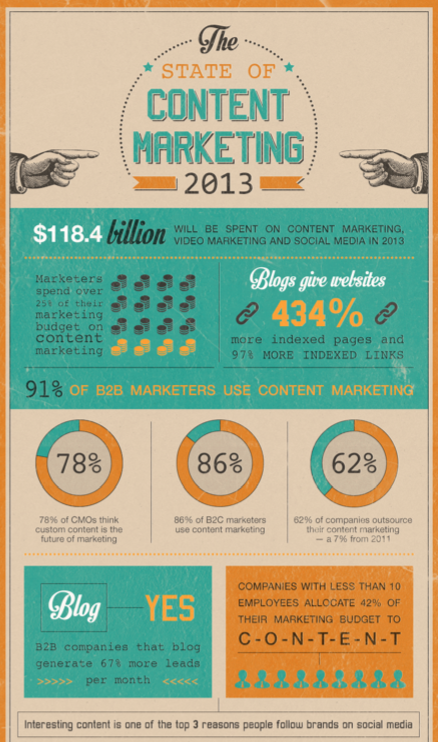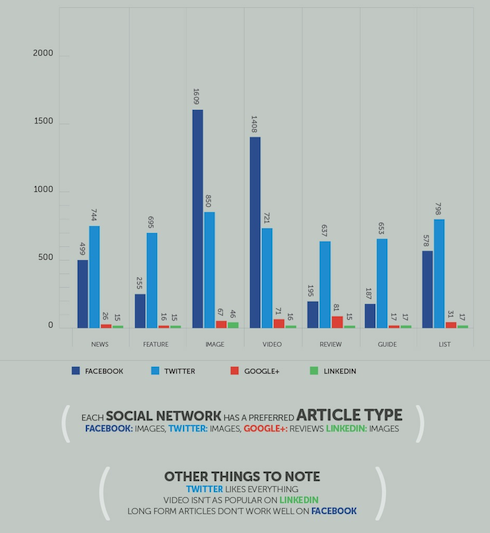By adaptive - August 27th, 2013
Social media engagement must move away from the broadcast model and embrace personalisation
Marketers have always known that placing their messages in front of an audience that is open to these campaigns is at the heart of successful conversion. Direct mail has been attempting to do just that for decades. Enter the social media age, and the drive to reach selected groups with appropriate marketing messages is even stronger. Today, consumers are actively looking for goods and services that interest them, and are prepared to partner with brands to be the first to see these offers.
Research by Intent HQ makes for interesting reading with the current backdrop of online privacy issues, as their research reveals that consumers are prepared to give even more of their personal information away if this means they will see personalised offers from the brands they covert. The study was small of just 2,000 UK adults, but over half (56%) did state they would swap insights into their buying habits for a more personal experience when using a brand’s website for instance.
The something for nothing culture also has a social media spin with consumer discounts and other promotional mechanics driving the desire to give more personal information away. Also, personal data is becoming attached in an eco-system with social media as its connecting platform. However, connections or recommendation that are not relevant is a major block to engagement. Brands should take note and look closely at how they are analysing their big data silos, and how these influence the social media marketing messages they are generating.
Says Jonathan Lakin, CEO, Intent HQ: “The statistics clearly show the value of social data in personalization. People are becoming more savvy and selective about what they share on social networks, which only makes the data being made available much richer for true personalization and creating a tailored online experience. This huge volume of data is incredibly powerful, allowing marketers to go far beyond domain specific information in their personalization strategy, targeting intent as opposed to purely using lagging data.”
“We’ve also identified a clear consumer openness to social personalization, when users know why they are sharing their social data and what they will get in return. The barriers around privacy and over-sharing frustrations should not be ignored, but can be overcome by earning trust, clear transparency, focussing on intent and delivering on the quality online experience. It’s also interesting that it is the youngest age group that is most open to sharing their social data, a sign that this is only going to grow.”
Message choice
The careful choice of messages to send via social media is a critical one to get right. The latest research to come out of Pitney Bowes further illustrates the care that needs to be taken by corporate marketing departments when using social media. The company showed that 60% of Facebook users in the UK would abandon this network – and the brand pages they contain – if they were bombarded with mass marketing messages.
Commenting, Colin Forrest, Head of Marketing for UK and Republic of Ireland at Pitney Bowes, said: “Our research also revealed that 40% of consumers in the UK have doubled their usage of social media over the past two years. This illustrates how social media is an increasingly powerful communication tool, which must be utilized carefully by businesses in order to engage consumers.
“It is important that brands are savvy when it comes to social media and that they avoid overstepping the mark. Social media plays a hugely important role in the whole communications mix, so brands must ensure they step up and embrace the multitude of opportunities it offers them. In essence, getting the best out of traditional and social channels as a means to meet clients’ needs should be the key drivers when choosing the appropriate channel.”
The need to take care when developing campaigns for Facebook for instance was highlighted by Adblock Plus, that found near two-thirds of UK users dislike ads in their Facebook mobile app, with slightly less in their Facebook newsfeed. Till Faida, founder of Adblock Plus, said: “While shareholders have shown strong support for Facebook’s advertising strategy, it is important to realise the amount of control that users have to manage what ads they see through the use of simple downloads such as adblockers.”
Faida continued: “It is easy to forget quite how much control end users have over social media and how untested their customer loyalty is. Even if it may seem intuitive that people will stick with a platform where their friends are, they may choose to either alter their experience or move to a new platform altogether. This user control should not be underestimated.
“There is another way – and other forms of advertising have been able to achieve acceptance. For example, our research also shows that 63% of people are not bothered at all by advertising in print magazines. Social media seems to have a few things to learn from more traditional advertising mediums.”
Own content
Of course the creation of content is by no means centred on a brand. Today user-generated content is becoming increasingly valuable, and also being placed at the heart of corporate marketing campaigns. This coupled with more personalisation are shaping how marketing is evolving across the social media landscape.
Recently announced, the new brand site for Pizza Hut uses more personalised content in a bid to move closer to their customer base. Using the company’s CRM system, the content that is reflected on their new site delivers a more personalised experience than is possible by leveraging large datasets.
Pizza Hut Restaurants Marketing Director Kathryn Austin said: “The new website acts as our digital flagship restaurant, with a unique personalised feel for our users, which supports our business needs. The team at Amaze has captured the very essence of our approach to casual dining and translated the importance of locality into a clever and very personal user journey.”
With Sandra McDowell, Director of Amaze Communications that developed the site said: “In developing a website that will help drive traffic, the team has created an extremely unique personalised experience, one that not only reflects the brand values of Pizza Hut Restaurants, but is an excellent example of designing and implementing a fully responsive solution that reflects user behaviours.”
To add further weight to the concept of customer-lead content, a new infographic from Yahoo Advertising solutions makes for interesting reading. Content marketing is now accounting for a quarter of the budgets that marketers are allocating each year.
With nearly 80% of CMOs viewing custom content as the way forward with their company’s marketing, how corporations manage the creation of this content will be critical. However, over 60% still outsource this content. Taking more control and integrating these content-creation practices in-house could have a major impact on how these messages are received and acted upon.
What is clear is that brand owners are increasingly looking to improve their conversion across social media, and are using customer-lead content that is also being personalised. Today the message may well be in the marketing, but it’s the audience these messages reach and why that is important to understand.
Next Reads
June 2014, New York
Become a social business: For superior marketing response, sharper corporate decision-making, enhanced innovation and a happier, more loyal customer
Brochure Programme



